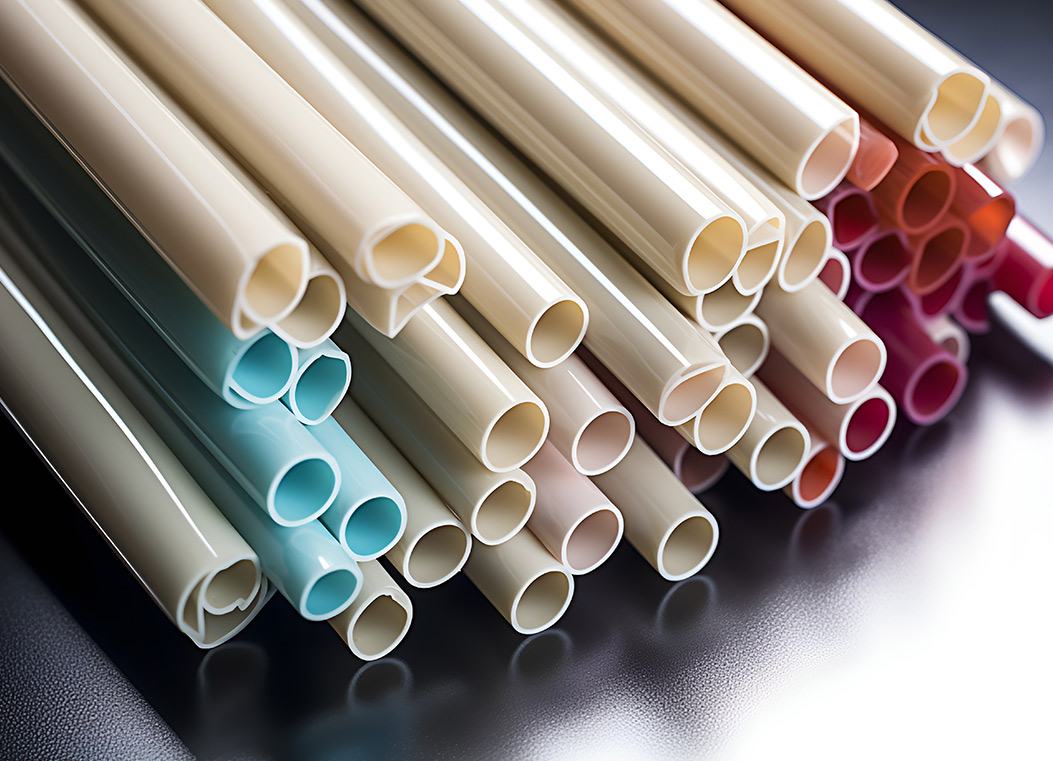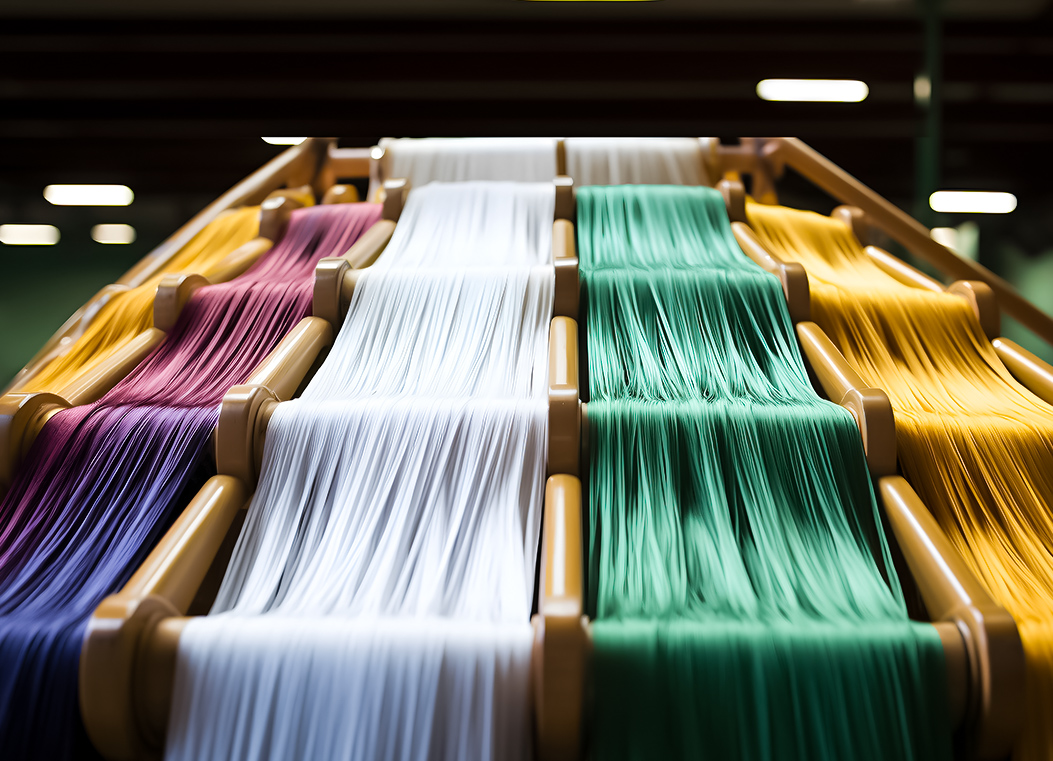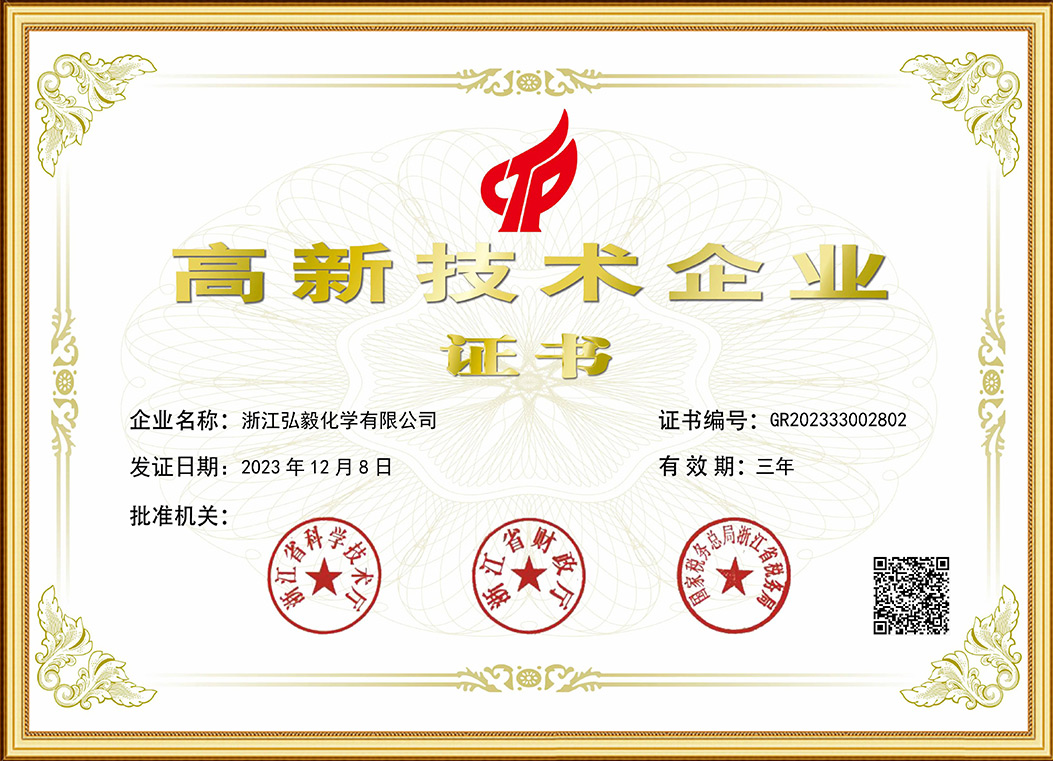Across the textile finishing industry, Optical Brightener Powder and Optical Brightener KCB are frequently discussed when addressing how fabrics can achieve improved brightness and clarity. Products such as optical brightener NFW/NFW-L are applied to enhance fibers including silk, wool, and nylon, offering a noticeable visual improvement after bleaching and dyeing processes. Understanding the specific applications where these additives perform effectively helps manufacturers select suitable treatments and maintain consistent results.

Enhancing the Appearance of Protein Fibers
Wool and silk are valued for their natural shine, yet bleaching processes often leave them with slight yellowing. NFW/NFW-L counters this by absorbing ultraviolet light and re-emitting blue light, which balances the fiber tone and creates a cleaner appearance. The treatment generally follows peroxide or reduction bleaching, using a dosage of 0.1–0.3% on the weight of fabric, with the bath adjusted to pH 4–6 by acetic acid. A temperature range of 60–100°C and treatment time of 20–60 minutes ensures effective fiber penetration without damaging the delicate structure of silk or wool. This application makes optical brighteners a common step for maintaining desirable aesthetics in high-value fabrics.
Application on Nylon and Cotton
Nylon, a synthetic fiber, also benefits from optical brightener NFW/NFW-L treatment, particularly after reduction bleaching. The recommended dosage is 0.1–0.5% by weight of fabric, combined with sodium sulfate at 2–5 g/L, with a bath ratio of 1:10–20. Processing conditions are typically set between 80°C and 100°C for 30–60 minutes. These parameters help achieve a stable brightening effect that enhances the fiber’s visual appeal.
Cotton presents a different case. While the agent can be used, the results are generally less pronounced compared with protein fibers or nylon. Manufacturers planning to apply optical brightener to cotton fabrics should be aware of these limitations, evaluating whether the expected whitening effect aligns with production goals.
Importance of Processing Conditions
The performance of NFW/NFW-L is closely tied to processing conditions. Both temperature and electrolyte content influence how the brightener interacts with the fibers. When these parameters are not well controlled, uneven or reduced brightness may occur. Industrial operations must therefore pay attention to bath stability and maintain the proper balance between chemical dosage and temperature. Careful adjustment ensures repeatable outcomes across different production runs.
Preparation and Solubility Advantages
Practical handling during production is made easier by the good water solubility of NFW/NFW-L. A small amount of warm water is sufficient to dissolve the powder fully before adding it to the treatment bath.For operations aiming at efficiency, this characteristic provides clear advantages in day-to-day processing.
Use with Acid Dyes in Shade Adjustment
When dyeing wool or silk, optical brighteners are often used alongside acid dyes to fine-tune shade and brightness. This compatibility allows fabric producers to achieve both enhanced whiteness and balanced coloration in a single step. By combining acid dyes with NFW/NFW-L, manufacturers can adjust tones while ensuring that the overall fabric appearance remains bright and consistent.
Washing and Post-Processing Considerations
In certain production settings, fabrics may undergo high-temperature washing. Such conditions can reduce the achieved brightness unless electrolytes are included to stabilize the whitening effect. Introducing electrolytes during washing helps maintain the optical results gained during finishing.
At later processing stages, sodium chlorite bleaching can remove optical brighteners from cellulose and nylon fabrics. This property can be either useful or undesirable depending on the intended outcome. For example, removal may be necessary when preparing fabrics for further treatments, but if maintaining brightness is the priority, sodium chlorite bleaching should be avoided.
Applications Beyond Protein Fibers
Although much focus is placed on silk, wool, and nylon, there are broader applications where optical brighteners play an important role. Optical Brightener KCB, for instance, is widely used for polyester and blended fabrics, where it contributes to brightness and shade balance in large-scale textile production.
Practical Impact on Textile Finishing
The effective use of Optical Brightener Powder extends across multiple fiber categories, from delicate protein fibers to durable synthetics. By tailoring processing parameters to fiber type and production needs, manufacturers can consistently achieve fabrics with improved brightness and visual clarity. Whether paired with dyes for refined shades or applied as a post-bleaching treatment, products like NFW/NFW-L demonstrate practical benefits that align with the technical demands of textile finishing.

 EN
EN 中文
中文 ES
ES




.jpg)













